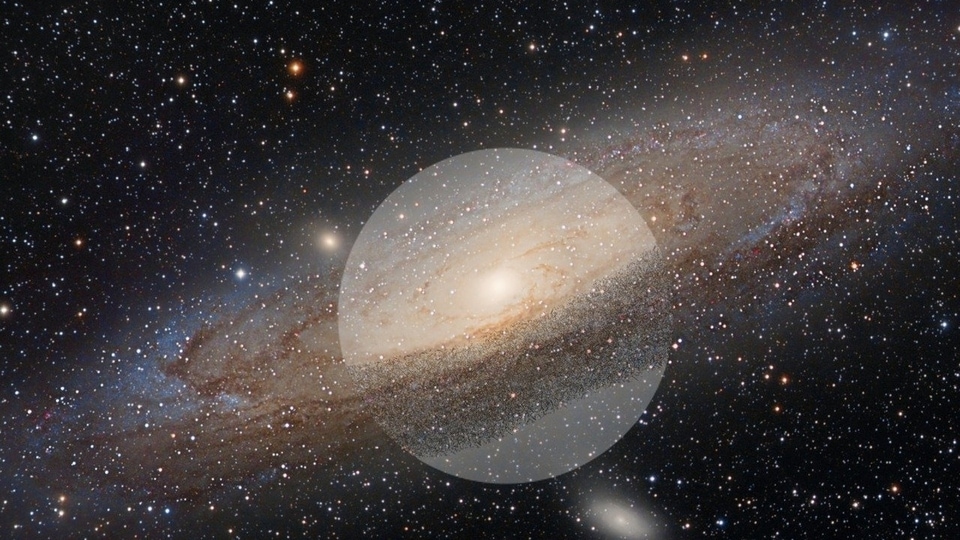Harsh reality: Research casts doubt on Saturn's moon having life sustaining potential
Saturn moon Titan's potential for life is questioned as new research suggests its underground ocean may lack organic chemistry. Insights from NASA's upcoming Dragonfly mission may hold answers.

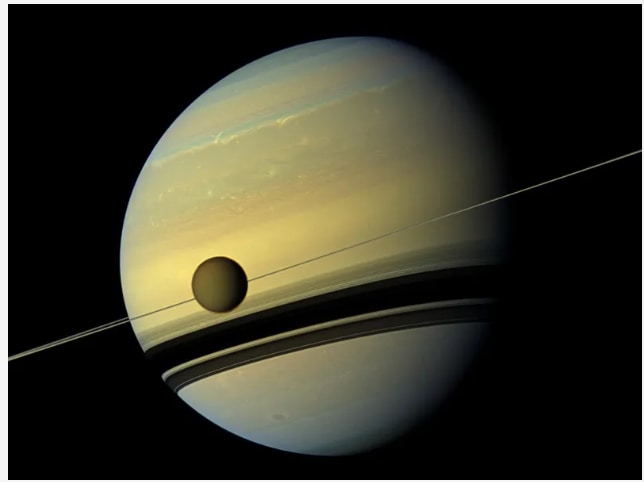

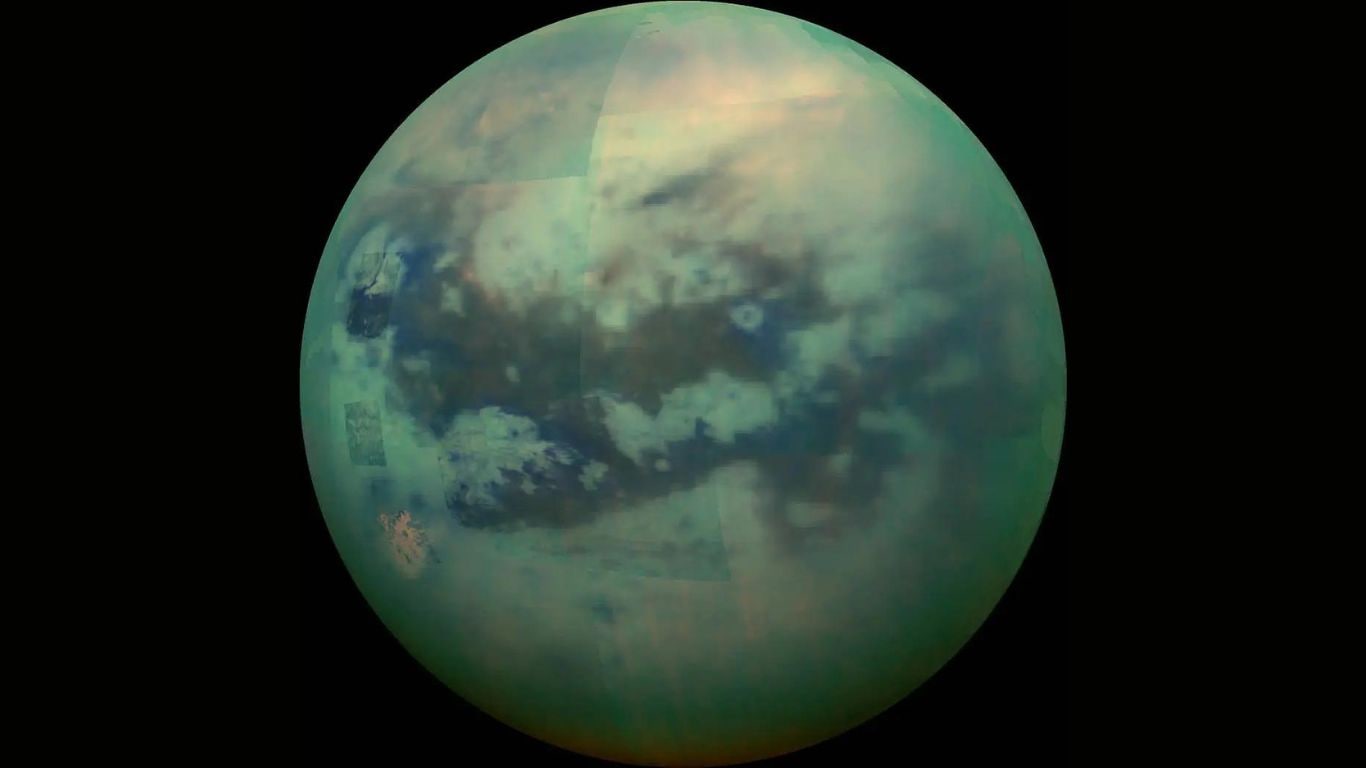

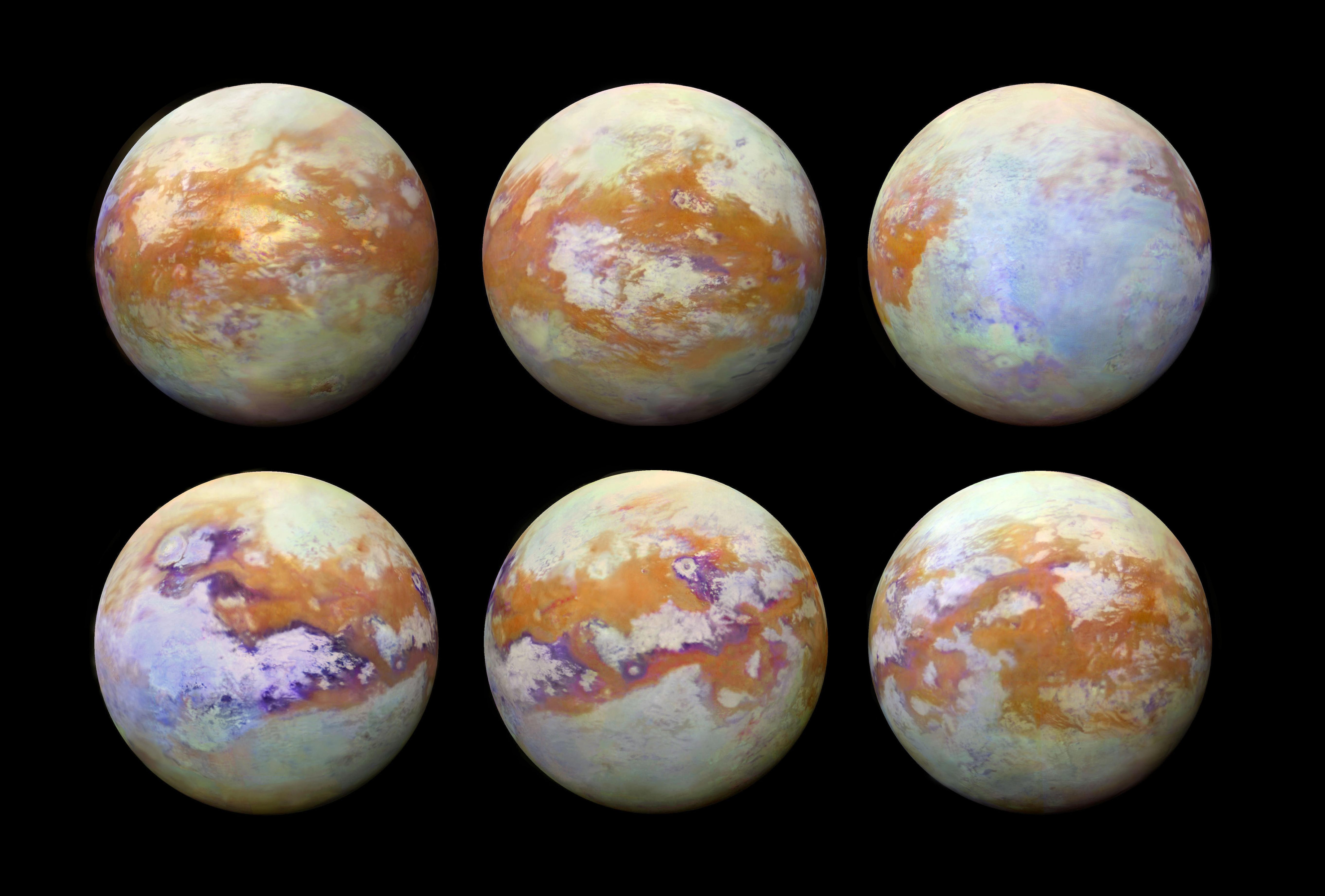


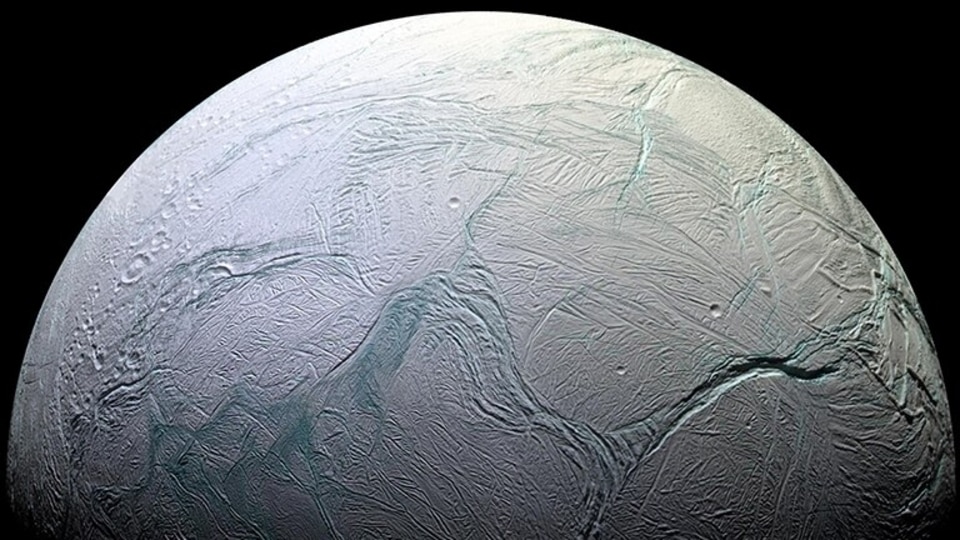
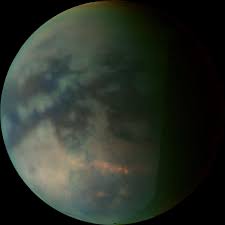

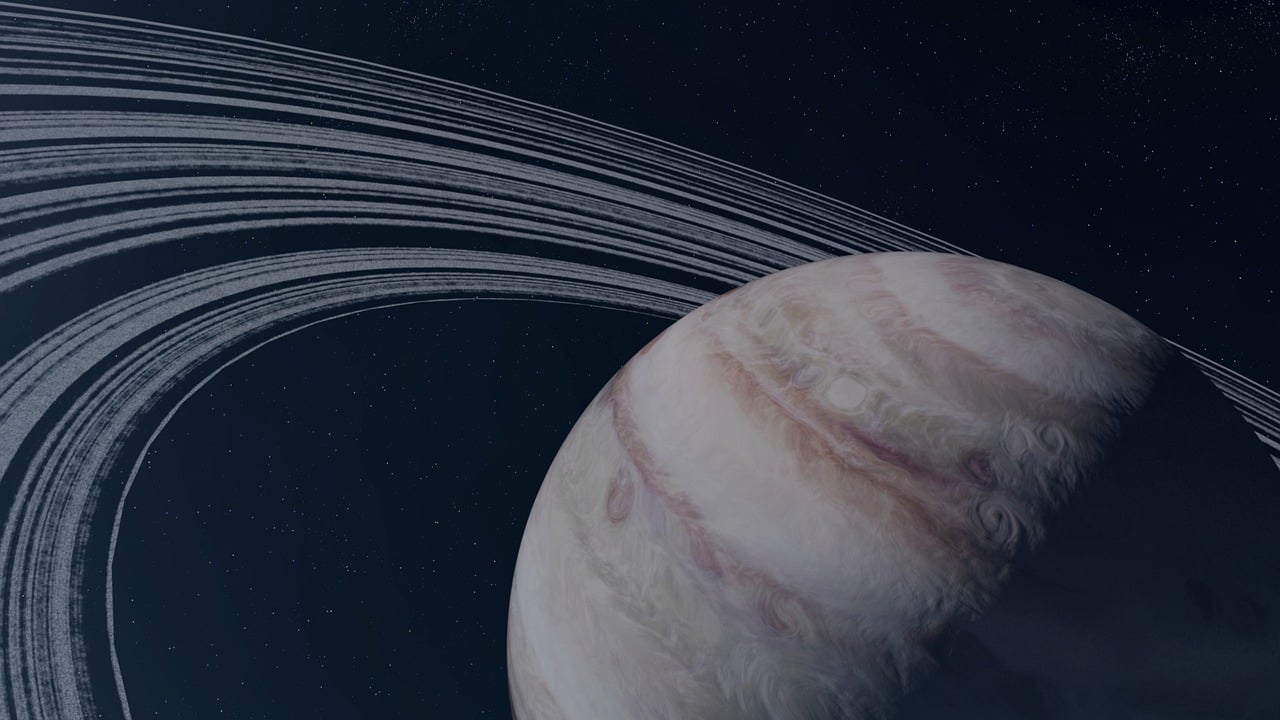

First Published Date: 17 Feb, 00:50 IST
Tags:
moon
NEXT ARTICLE BEGINS


